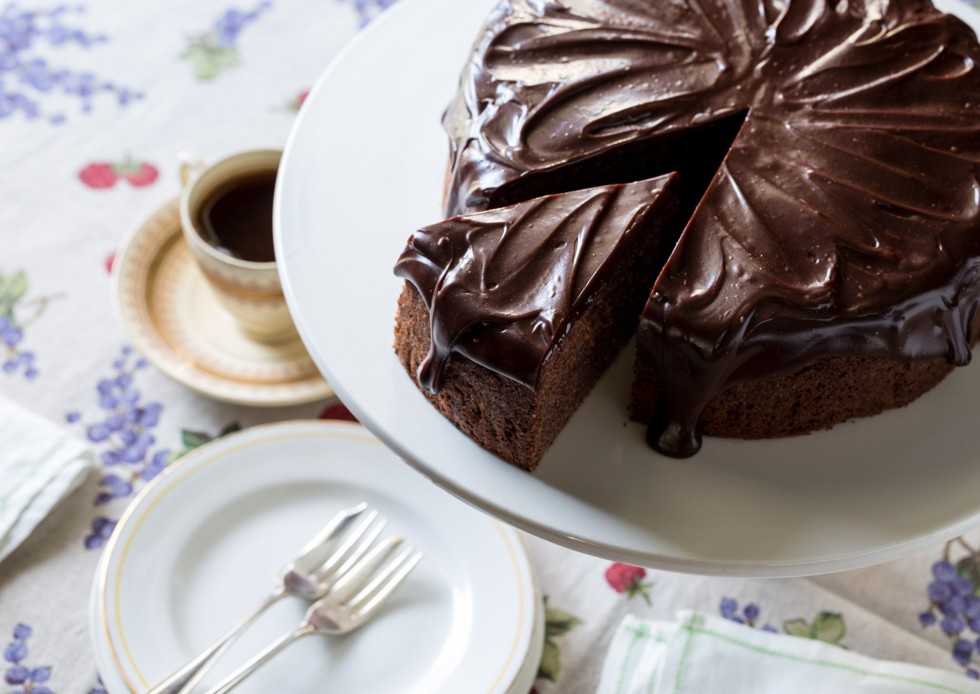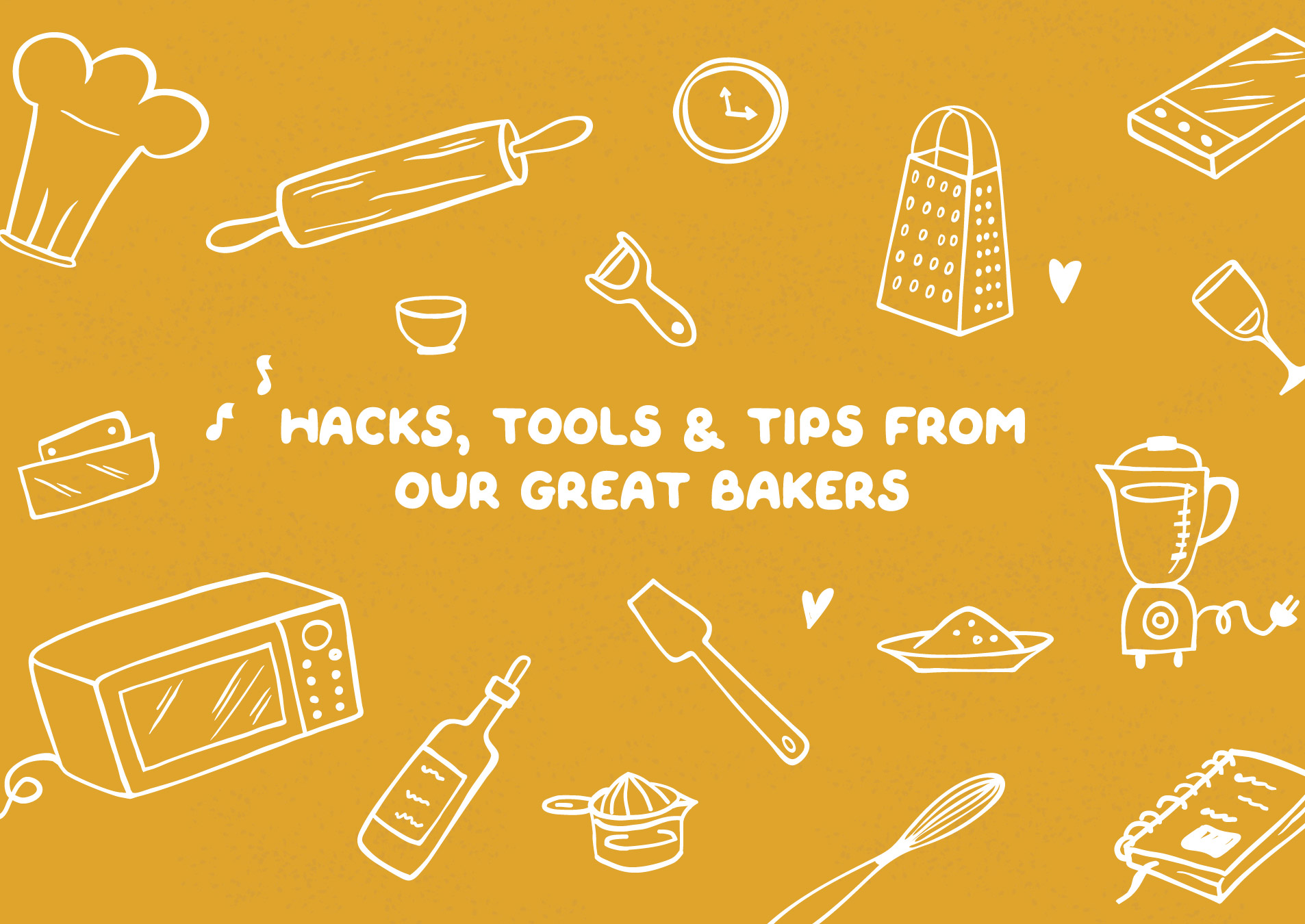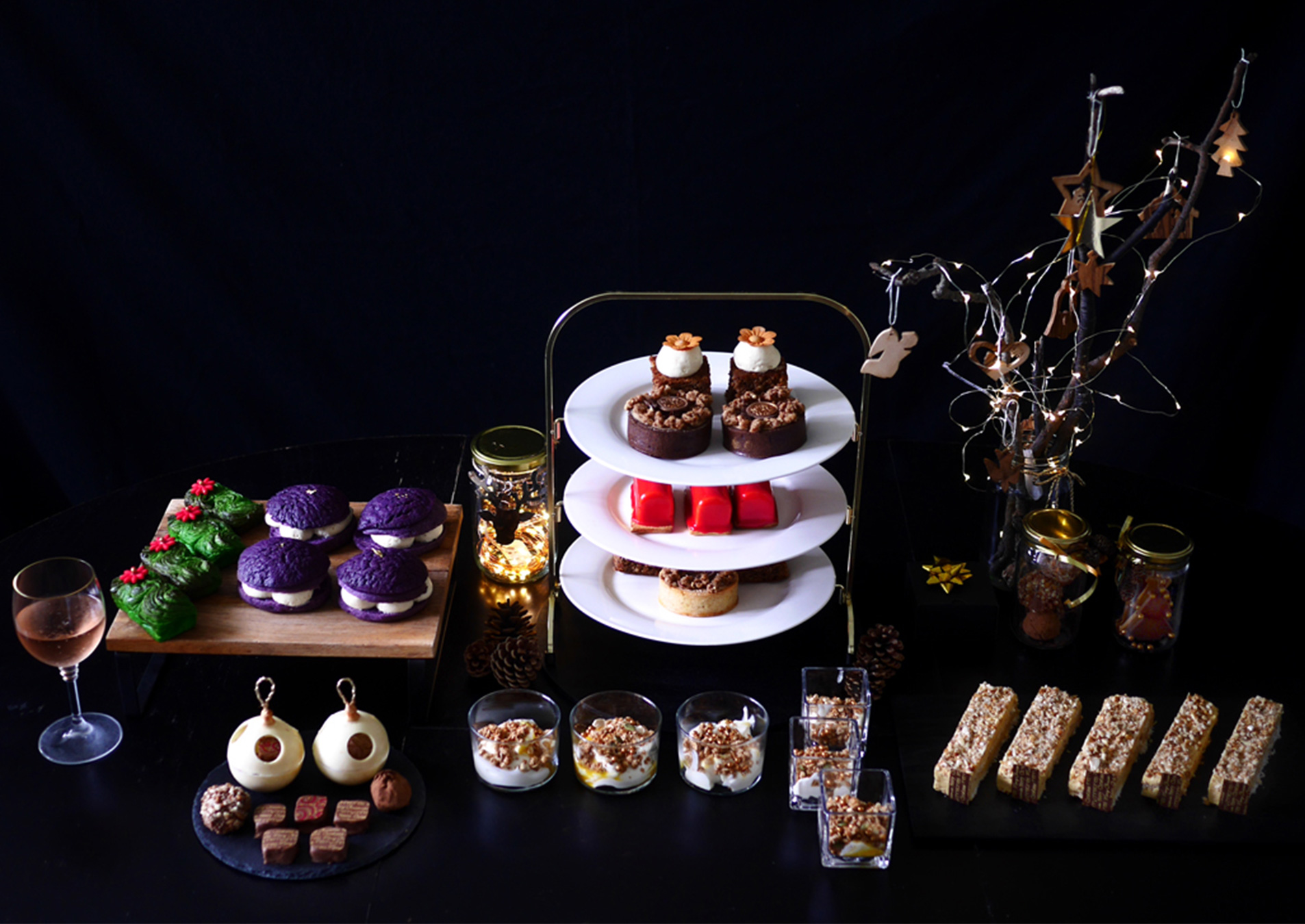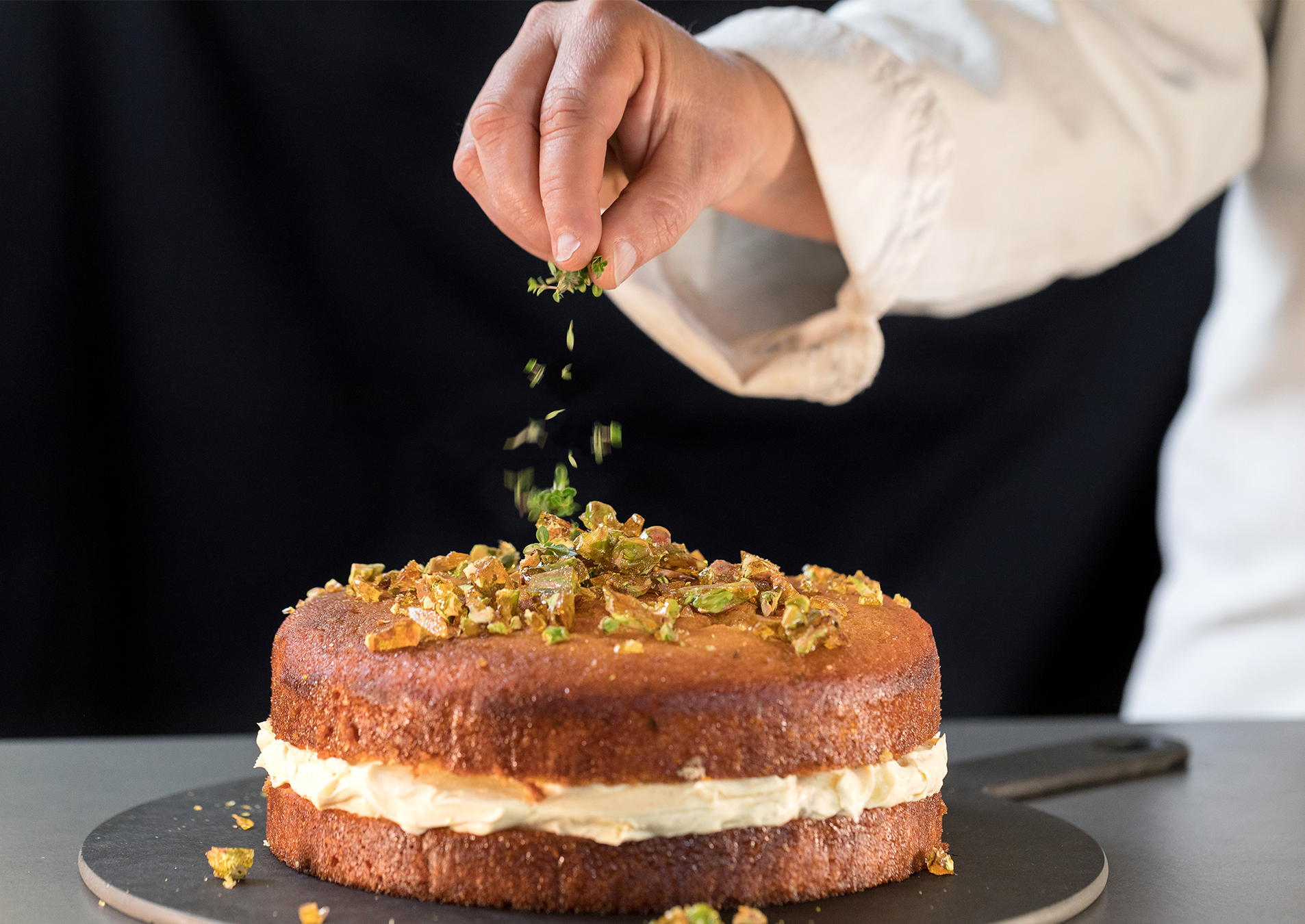
https://westgold.com/
Article content
"Baking relies heavily on exact measurements and unfortunately doesn’t allow for artistic license"
If your approach of cooking tends to be freestyle and you find yourself tossing in bits of this and that, you may find your baking doesn’t quite hit the mark. Baking relies heavily on exact measurements and unfortunately doesn’t allow for artistic license.
We’ve pulled together some of the best baking tips we could find to help you make the most of your baking:
Do your cakes end up dense and a little flat? For a fluffier cake, make sure your butter isn’t too warm and for a really light mixture its best to cream the butter. You also don’t want to use butter that’s too cold as this will leave chunks in your batter.
Line your tin well.
Line your baking tins with butter: using a pastry brush will give you the best result, plus it’s simpler and smoother than using butter wrapped in a piece of paper. Simply glide your brush over a tablespoon of very soft butter, then onto your tin.
Don’t skip preheating. If the oven isn’t quite hot enough, this will affect the way your cake rises.
Air is your friend. Creaming butter and sugar until it lightens in texture and colour will increase the air and volume in the cake; the sugar dissolves creating air pockets that when baked in the oven will release steam, lifting the cake.
The same rule applies when folding other ingredients. A large balloon whisk is best for folding as it removes lumps but doesn’t over mix. Make sure you don’t whisk vigorously as this will remove all air from you cake, leaving it heavy.
When your mixture is ready, get it into the oven straight away to ensure a good ‘raise’. The raising ingredients will start working as soon as they come into contact with other wet ingredients.
Pay attention to accurate measurements. Baking is a science and best results rely on exact measurements stated in the recipe. If you want your cake to rise – you can’t just add more baking powder. Always use measuring spoons instead of tableware.
Make sure butter and eggs are at the right temperature. If you take butter straight from the fridge it doesn’t cream as well. Likewise, using cold eggs can curdle your mixture. The simplest way to bring eggs to room temperature is by placing them in some warm water for around 10 minutes.
Measure your flour correctly: make sure you spoon your flour into the measuring cup, and then remove the excess on top with the back of a knife. If you scoop flour straight from the bag/container this will compact the four and you may end up with more than you need.
Position in the oven: place your baking tins as close to the centre of the oven as you can. If your oven isn’t wide enough to sit your tins side by side, place them onto different racks but slightly offset to allow air to circulate. Ideally the tins shouldn’t touch each other.
Rotate tins and trays during baking: A step that’s easy to skip but it will ensure even baking. The trick is to wait until two thirds of the baking is done so that your cake is set and doesn’t collapse.
Cool your cakes upside down. This can help flatten out the top and helps create an even layer if you are stacking your cake.
Added baking soda to your cake instead of baking powder? Don’t worry your baking can be saved!
How? Just add baking powder. Add in half of the amount in the recipe to your mixture then carry on. Your baking will result in either just the right volume and no one will ever know; or your cake will rise too much, spilling over the sides of the tin. No baking powder? Bake it anyway, you will just have a much denser, flatter looking dessert instead of a cake, but it can make a great base for sundaes.
Forgot to line your baking tin with non-stick paper or butter? Don’t worry. Once the cake is cool, say after an hour or so, place the cake (tin and all) into the freezer for 6 hours. Once frozen, run a knife around the edge until it starts to loosen from the sides, then try to flip the tin over, holding over a chopping board until the cake pops out. If your cake is still stuck try getting 2 forks underneath the base until the cake loosens. Once your cake is out, wrap in some plastic wrap and leave to defrost at room temperature.
If you have any great baking tips, we would love to hear them! Let us know on our Facebook page here.


 Previous blog
Previous blog 


